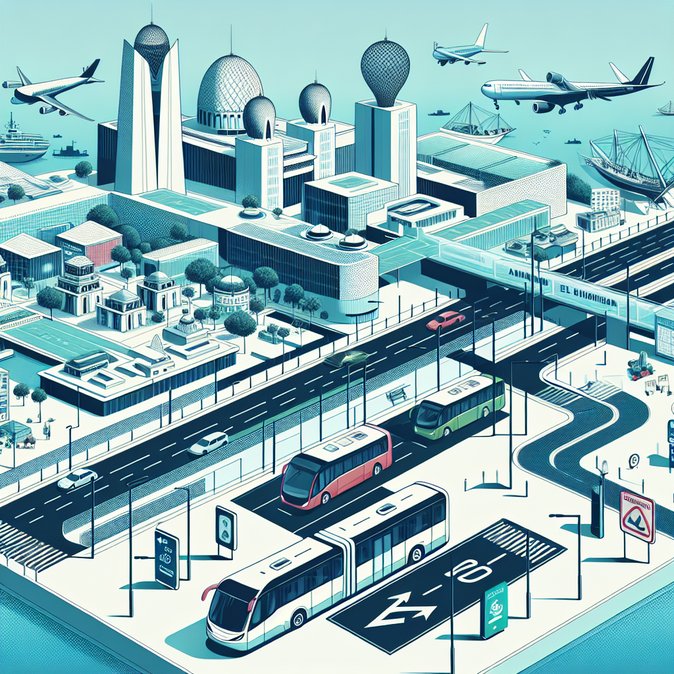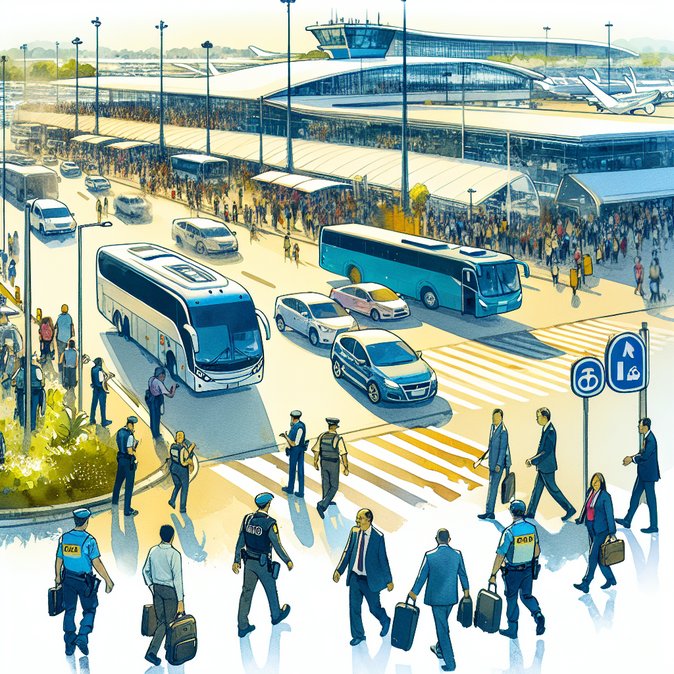
Brazil formally opened COP30 in Belém this morning, triggering the largest temporary mobility operation ever mounted in the Amazon region. According to federal, state and municipal authorities, a 24-hour transportation network of 15 dedicated bus lines, exclusive taxi and ride-hailing ranks and bicycle corridors went live at 00:01 today to shuttle accredited delegates between the Blue Zone in Parque da Cidade, Belém/Val-de-Cans International Airport (BEL) and accommodation hubs as far away as the Port of Outeiro cruise-ship terminal.
Traffic cordons now restrict private vehicles within a three-kilometre security perimeter around the Blue Zone, and real-time monitoring is being handled by two integrated command-and-control centres linking federal police, Pará’s public-security secretariat and the armed forces. Ten thousand state and municipal officers were deployed over the weekend, supplementing 7,000 federal troops and police.
![COP30 opens in Belém as Brazil activates unprecedented mobility and security plan]()
For airlines and corporate travel managers, the plan is critical. BEL is handling 1,426 scheduled arrivals between 9-22 November—44 % more international seats and 23 % more domestic capacity than last year. Slot controls require all non-government aircraft to obtain prior-permission-required (PPR) codes at least 72 hours before operation. Flight-support firms warn that parking stands are “virtually sold-out” during the 4-9 November leaders’ window and again on the closing weekend.
Business travellers should build at least 90 minutes of surface-transport buffer time between airport and venue, carry printed accreditation for checkpoints, and confirm that their ground-handlers have entered vehicle licence-plates in the digital pass system. Ride-sharing pick-ups are limited to a single geofenced zone on Avenida Rômulo Maiorana; violations incur R$ 1,500 fines and possible vehicle impoundment.
Beyond Belém, the operation is a pilot for Brazil’s new “mega-event mobility doctrine”, which will be reused for the G20 leaders’ summit in Rio de Janeiro next year. Multinationals placing staff in Belém over the next two weeks should update their travel-risk assessments daily and ensure remote-work contingencies in case of transport slow-downs caused by heavy rain or protests.
Traffic cordons now restrict private vehicles within a three-kilometre security perimeter around the Blue Zone, and real-time monitoring is being handled by two integrated command-and-control centres linking federal police, Pará’s public-security secretariat and the armed forces. Ten thousand state and municipal officers were deployed over the weekend, supplementing 7,000 federal troops and police.

For airlines and corporate travel managers, the plan is critical. BEL is handling 1,426 scheduled arrivals between 9-22 November—44 % more international seats and 23 % more domestic capacity than last year. Slot controls require all non-government aircraft to obtain prior-permission-required (PPR) codes at least 72 hours before operation. Flight-support firms warn that parking stands are “virtually sold-out” during the 4-9 November leaders’ window and again on the closing weekend.
Business travellers should build at least 90 minutes of surface-transport buffer time between airport and venue, carry printed accreditation for checkpoints, and confirm that their ground-handlers have entered vehicle licence-plates in the digital pass system. Ride-sharing pick-ups are limited to a single geofenced zone on Avenida Rômulo Maiorana; violations incur R$ 1,500 fines and possible vehicle impoundment.
Beyond Belém, the operation is a pilot for Brazil’s new “mega-event mobility doctrine”, which will be reused for the G20 leaders’ summit in Rio de Janeiro next year. Multinationals placing staff in Belém over the next two weeks should update their travel-risk assessments daily and ensure remote-work contingencies in case of transport slow-downs caused by heavy rain or protests.











